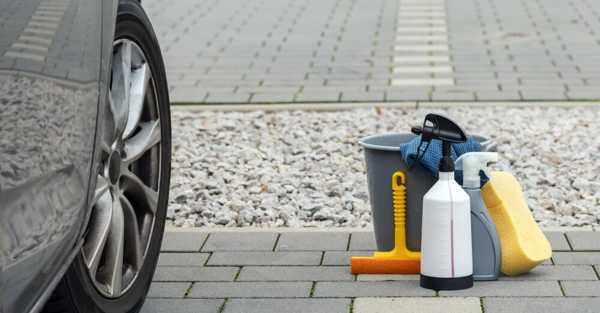Effective Roof Water Leak Repair: A Comprehensive Guide
If not addressed promptly and effectively, a leaky roof can cause serious damage to your home. Whether it's a small drip or a large leak, knowing how to fix a roof leak is essential to its integrity.
If not addressed promptly and effectively, a leaky roof can cause serious damage to your home. Whether it's a small drip or a large leak, knowing how to fix a roof leak is essential to its integrity. This article provides a detailed guide to identifying, assessing, and repairing roof leaks to help you protect your property.
Pinpoint the Source of the Leak
The first step in fixing a roof leak is to identify the source of the leak. A roof leak can have a variety of causes, including damaged roof tiles, cracked gutters, or damaged seals around vents and chimneys. Here's how to pinpoint the problem:
Visual Inspection: Start by performing a visual inspection of the roof. Look for missing or damaged roof tiles, cracks in the gutter trim, and any areas of damage to the roof surface.
Interior Inspection: Check the attic and ceiling for water stains, mould, or wet spots. These signs usually point to the general area where the leak is located.
Water Testing: If the source needs to be more prominent, perform a water test. Use a garden hose to spray water on different roof areas while someone inside the house looks for signs of leaks.
Damage Assessment
Once the source is identified, assess the extent of the damage. This step is critical to determining whether a simple repair or more extensive work is needed.
Shingle Damage: The repair may be simple if the leak is due to damaged or missing shingles. However, if multiple shingles are affected, it may indicate a more significant problem.
Roof Sheathing Issues: Cracks or corrosion in the roof covering around vents, chimneys, or skylights can cause leaks. The roof covering can usually be repaired if it is only slightly damaged. Severely damaged roof coverings may need to be replaced.
Structural Damage: If the leak has been going on for a while, there may be structural damage to the roof decking or attic. In this case, professional assessment and repairs are recommended.
Repairing Leaks
Once you have identified the source and assessed the damage, you can proceed with the repair. Depending on the type of damage, here are common repairs:
Replacing Shingles: If a shingle is damaged or missing, carefully lift the surrounding shingles, remove the damaged shingle, and install a new one. Make sure they are correctly aligned and sealed to prevent future leaks.
Repairing Gutters: For minor gutter repairs, use roofing cement or a waterproof sealant to seal cracks and gaps. If the gutter is severely damaged, remove the old gutter and install a new one. Make sure it is properly sealed and secured.
Seal vents and chimneys: For leaks around vents or chimneys, apply a high-quality waterproof sealant around the base of the vent or chimney. Make sure all gaps and cracks are thoroughly sealed.
Repair roof vents: If the leak is due to a damaged roof vent, remove the vent, apply roofing cement around the vent, and install a new vent. Secure them with screws and seal the edges with roofing cement.
Preventive measures
After the repair is completed, take preventative measures to minimize the risk of future leaks:
Regular inspections: Inspect your roof regularly, especially after severe weather. Look for signs of wear and tear and repair any problems immediately.
Gutter maintenance: Keep your gutters clean and free of debris. Clogged gutters can cause water to back up and seep into your roof.
Trim overhanging branches: Trim branches that hang over your roof to prevent damage from falling branches and reduce debris accumulation.
Adequate ventilation: Make sure your attic is well-ventilated. Poor ventilation can cause heat and moisture to build up, leading to roof damage.
When to Call a Professional
While many roof leaks can be fixed using DIY methods, some situations require professional intervention:
Extensive damage: If the leak has caused extensive structural damage or affected a large roof area, you should call a professional roofer.
Recurring leaks: If you have fixed a leak and it still occurs, there may be an underlying problem that requires expert assessment.
Safety issues: If the repair requires working at height or in unsafe conditions, it is best to hire a professional to avoid accidents.
Conclusion
Promptly repairing a roof leak can prevent extensive damage and costly repairs. By following this comprehensive guide, you can effectively identify, assess, and repair roof leaks, ensuring your home remains safe and dry. Regular maintenance and timely repairs are crucial to extending the life of your roof and protecting your investment.

洗車:日本の暮らしに合った、手間をかけずにできるケア方法

Why HVAC and Air Conditioner Maintenance Is Essential in the U.S.

Finding the Best Motorcycle Accident Lawyer: A Complete Guide to Choosing the Right Legal Representation

Legal Case Management Software: A Practical Guide for Modern Law Firms

Metal Strength and Reliability: A Comprehensive Look at Metallurgical Testing Systems






